

| Firma : Viva Cruises |
| Statek : VIVA ENJOY |
| Data rozpoczęcia : wt. 09 cze 2026 |
| Data zakończenia : niedz. 21 cze 2026 |
| Liczba nocy : 12 nocy |
| Dzień | Data | Port | Wypłynięcie | Odpłynięcie |
|---|---|---|---|---|
| 1 | 9.06 wt. | Bazylea / Switzerland | 21:00 | |
| 2 | 10.06 śr. | Strasburg / Francja | 12:00 | 22:00 |
| 3 | 11.06 czw. | Mannheim / Niemcy | 07:30 | 20:00 |
| 4 | 12.06 pt. | Frankfurt nad Menem / Niemcy | 05:30 | 13:00 |
| 5 | 13.06 sob. | Wertheim am Main / Niemcy | 08:30 | 14:00 |
| 6 | 14.06 niedz. | Würzburg / Niemcy | 06:30 | 15:00 |
| 7 | 15.06 pon. | Bamberg / Niemcy | 13:30 | 21:00 |
| 8 | 16.06 wt. | Norymberga / Niemcy | 09:00 | 15:30 |
| 9 | 17.06 śr. | Ratyzbona / Niemcy | 12:30 | 20:00 |
| 10 | 18.06 czw. | Passau / Niemcy | 07:30 | 18:00 |
| 11 | 19.06 pt. | Linz nad Dunajem | 00:30 | 19:00 |
| 12 | 20.06 sob. | Melk / Austria | 02:30 | 12:30 |
| 12 | 20.06 sob. | Żyła / Austria | 19:00 | |
| 13 | 21.06 niedz. | Żyła / Austria |
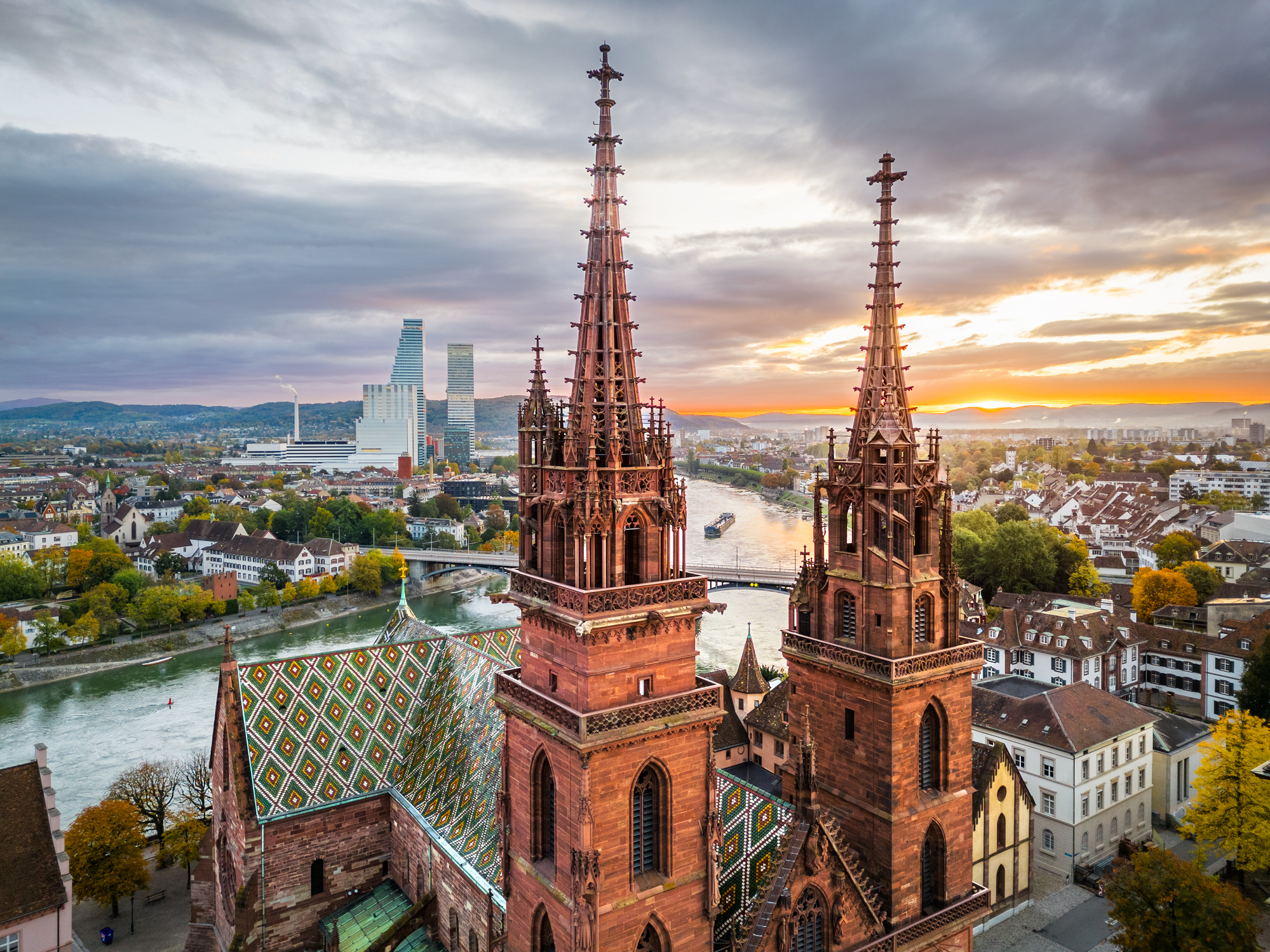
Bazylea jest miastem w północno-zachodniej Szwajcarii nad rzeką Ren. Bazylea jest trzecim pod względem liczby ludności miastem Szwajcarii (po Zurychu i Genewie) z około 180 000 mieszkańców.
Położona u zbiegu granic Szwajcarii, Francji i Niemiec, Bazylea ma również przedmieścia we Francji i Niemczech. W 2016 roku szwajcarska aglomeracja Bazylei była trzecią co do wielkości w Szwajcarii z populacją 541 000 mieszkańców w 74 gminach w Szwajcarii (liczba gmin według stanu na 2018 rok). Inicjatywa Trójnarodowego Euroregionu Bazylea (TEB), obejmująca 62 podmiejskie gminy, w tym gminy w sąsiednich krajach, liczyła w 2007 roku 829 000 mieszkańców.
Językiem urzędowym Bazylei jest (szwajcarska odmiana standardowego) niemiecki, ale głównym językiem mówionym jest lokalny dialekt bazylejski.
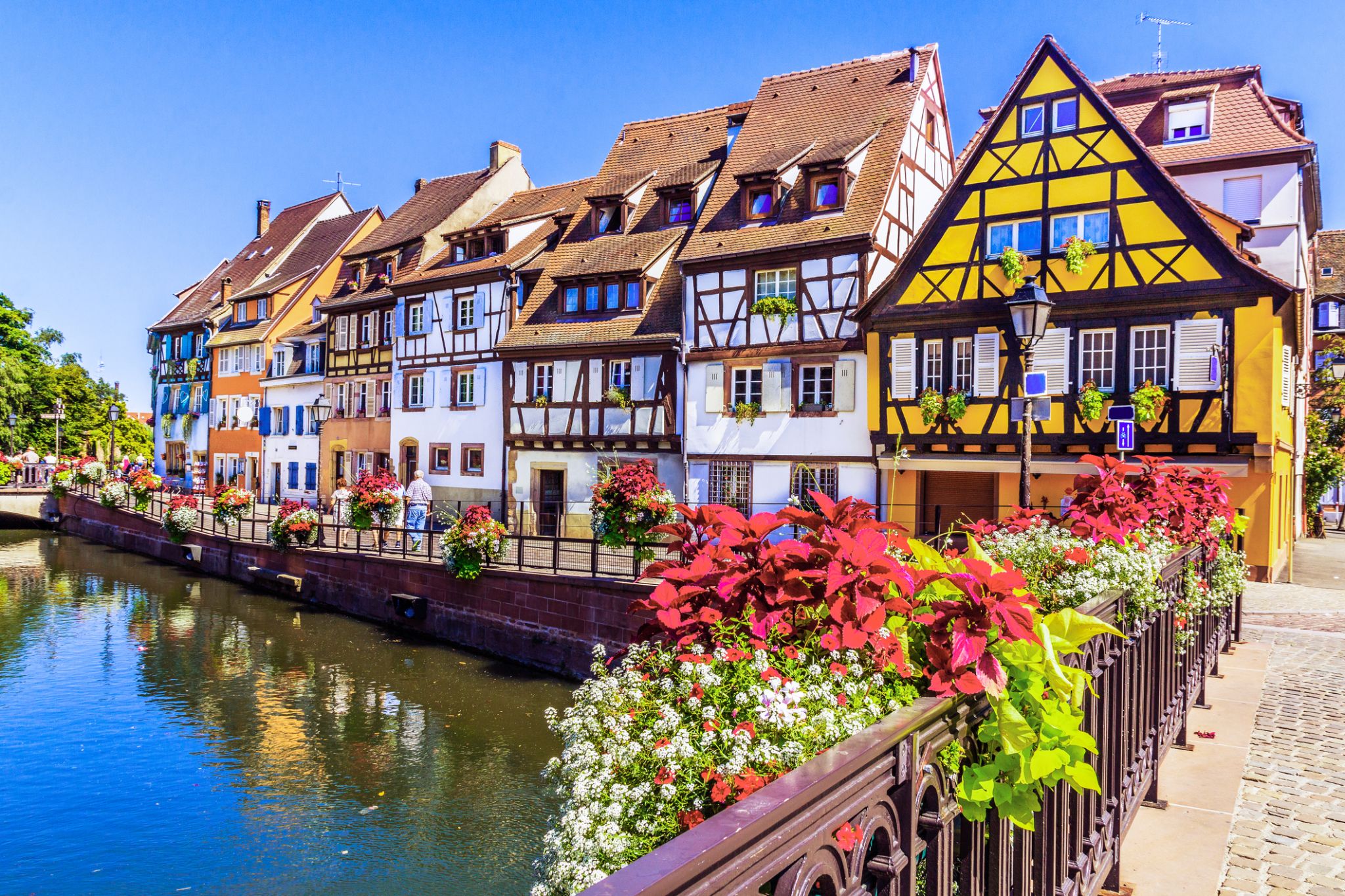
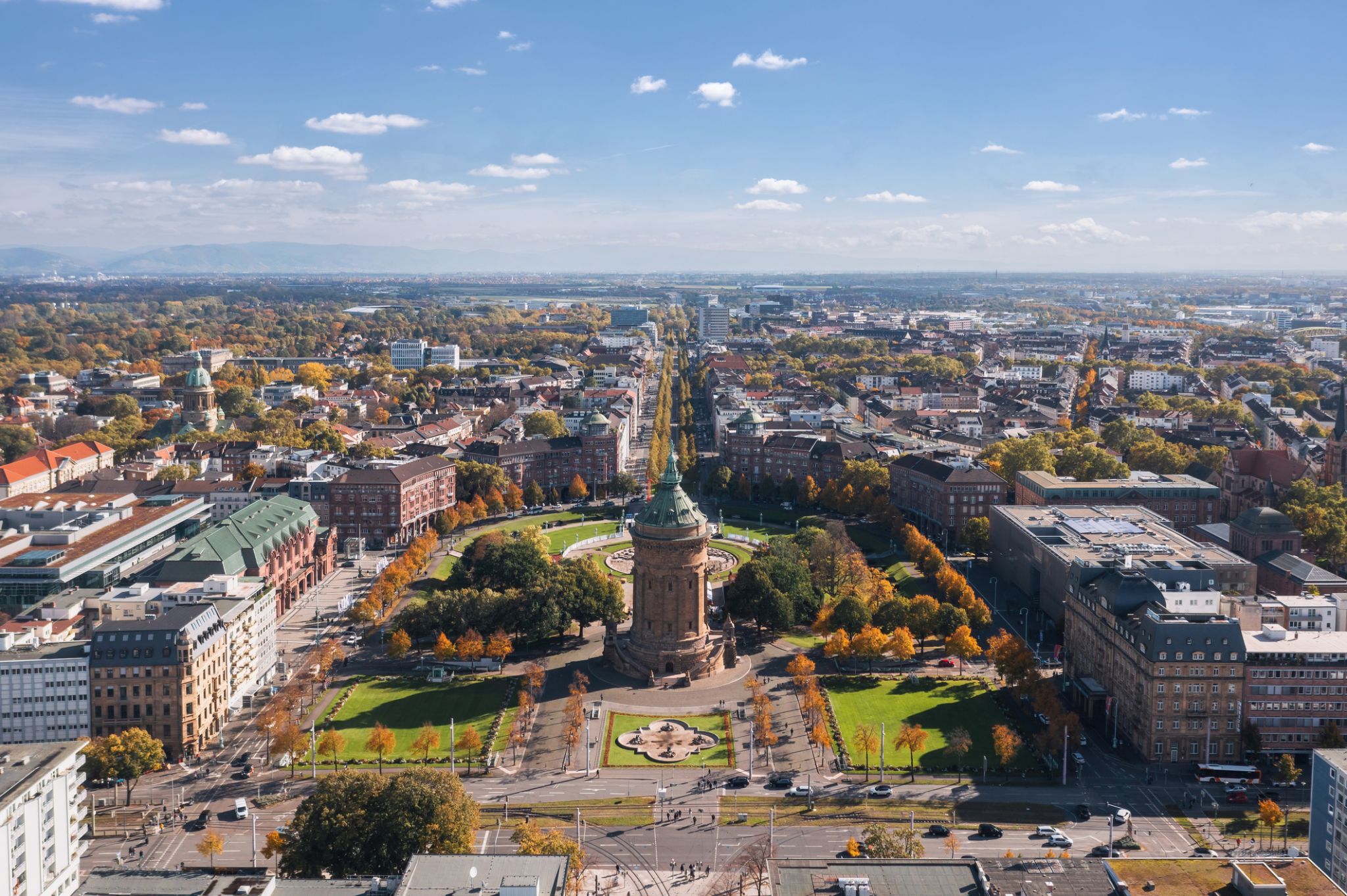
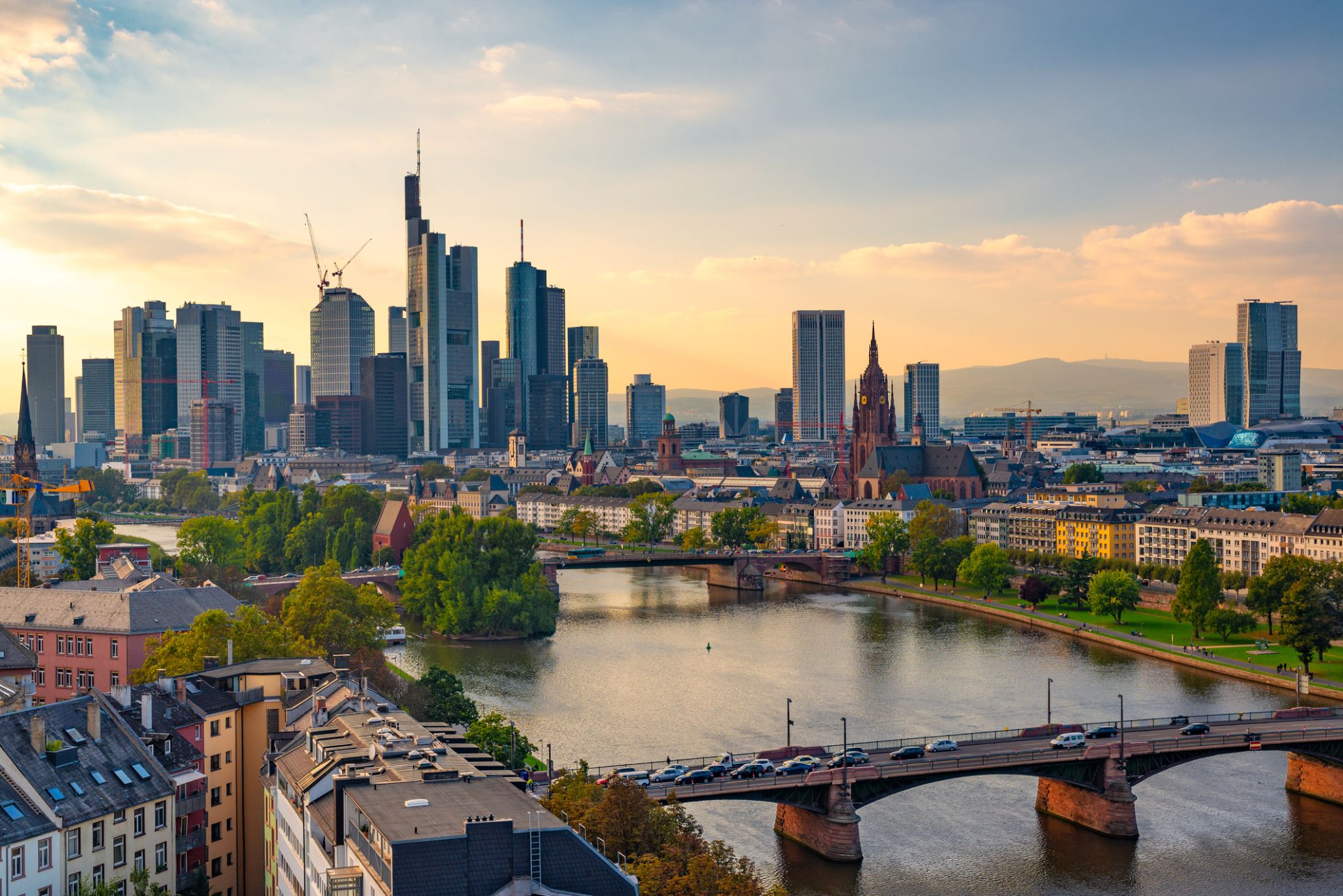
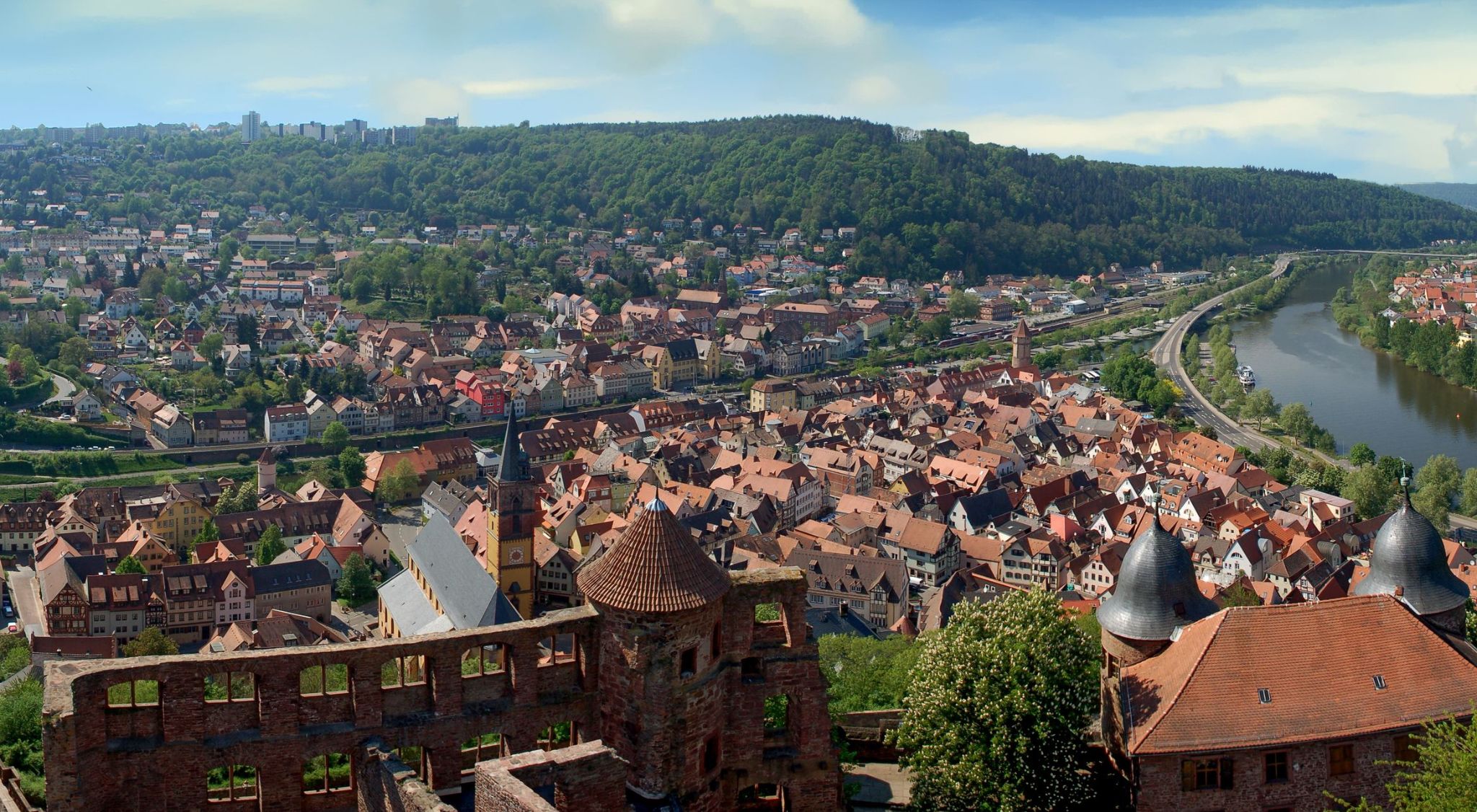
Ukryte w sercu malowniczej doliny rzeki Men, Wertheim am Main to miasto, które zachwyca swoją historyczną atmosferą i naturalnym pięknem. W jego starym mieście czekają na ciebie wąskie brukowane uliczki, domy w stylu północno-niemieckiego szkieletu oraz przytulne kawiarnie, w których możesz delektować się filiżanką kawy, obserwując wolno płynącą rzekę. Miasto jest idealnym miejscem dla tych, którzy szukają harmonii między historią a naturą.
Ponadto Wertheim am Main słynie ze swojego zamku, który wznosi się na wzgórzu i oferuje zapierający dech w piersiach widok na okoliczne krajobrazy. Historyczne centrum, znane z tradycji rzemieślniczych, a także Muzeum Szkła i outlet Wertheim Village sprawiają, że miasto to jest doskonałym miejscem na turystykę kulturalną i zakupy. Nie przegap okazji, aby odkryć to urokliwe miejsce, które przyciąga turystów atmosferą spokoju i przytulności.
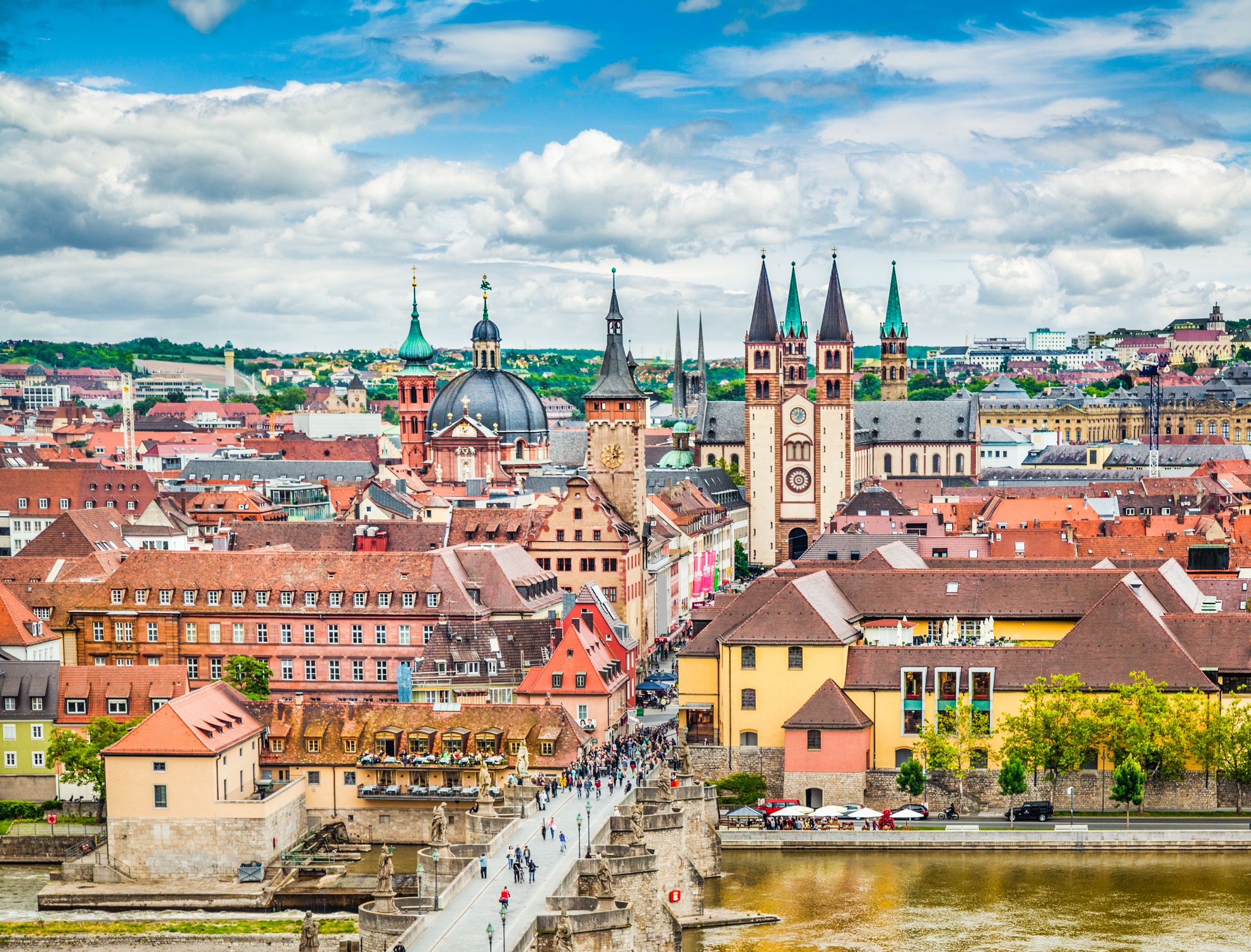
Würzburg to historyczne miasto położone nad rzeką Men w południowych Niemczech, znane ze swojego dziedzictwa kulturowego i malowniczych krajobrazów. Miasto zostało założone jeszcze w czasach rzymskich, a jego bogata historia odzwierciedla się w architekturze i zabytkach. Jedną z głównych atrakcji jest Rezydencja w Würzburgu, niegdyś rezydencja książąt-biskupów, wpisana na Listę Światowego Dziedzictwa UNESCO. Ten wspaniały budynek w stylu barokowym, z luksusowymi wnętrzami i pięknymi ogrodami, przyciąga turystów z całego świata. Dodatkowo miasto słynie ze swoich starożytnych fortec, takich jak Käpelsburg, z której roztacza się zapierający dech widok na miasto i rzekę.
Würzburg jest również centrum winiarskim, a region wokół miasta słynie z winnic, w których produkowany jest znany riesling. Miasto oferuje wiele przytulnych barów winiarskich i restauracji, w których turyści mogą delektować się lokalnymi winami. Würzburg jest idealnym miejscem dla tych, którzy cenią historię, architekturę i przyjemności gastronomiczne, a także dla tych, którzy chcą poczuć spokojną atmosferę małego miasta z bogatymi tradycjami kulturalnymi.
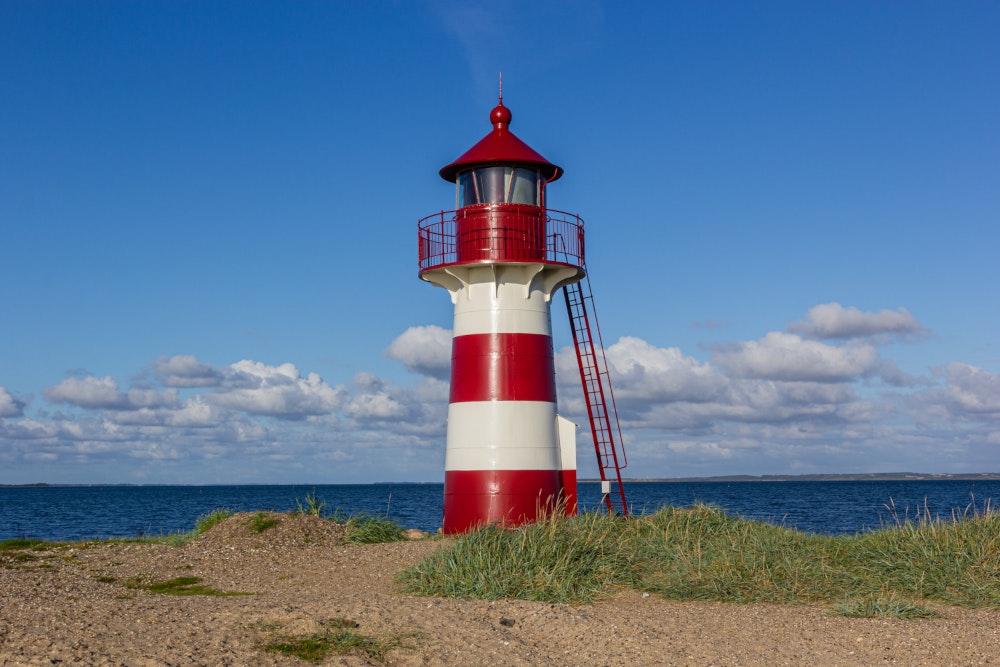
Położone na siedmiu wzgórzach Górnej Frankonii, to miasto urzeka średniowiecznym urokiem, domami z muru pruskiego i krętymi brukowanymi uliczkami. Bamberg, wpisany na listę światowego dziedzictwa UNESCO, szczyci się ponad tysiącem zachowanych budynków, w tym ikonicznym Starym Ratuszem, który zdaje się unosić nad rzeką Regnitz. Dzielnica "Mała Wenecja" z rybackimi domami z XVII wieku wzdłuż brzegów rzeki przypomina swoje włoskie imienniczki.
Bamberg słynie również z unikalnego piwa wędzonego, czyli Rauchbier, tradycji pielęgnowanej przez browary takie jak Schlenkerla od 1405 roku. Ten wyjątkowy trunek, wytwarzany przez suszenie słodu nad ogniem z drewna bukowego, nadaje mu dymny smak, który doskonale komponuje się z sycącą kuchnią regionalną. Czy to zwiedzając historyczne katedry, ciesząc się przejażdżką gondolą po kanałach, czy delektując się lokalnymi specjałami, Bamberg oferuje niezapomniane wrażenia.
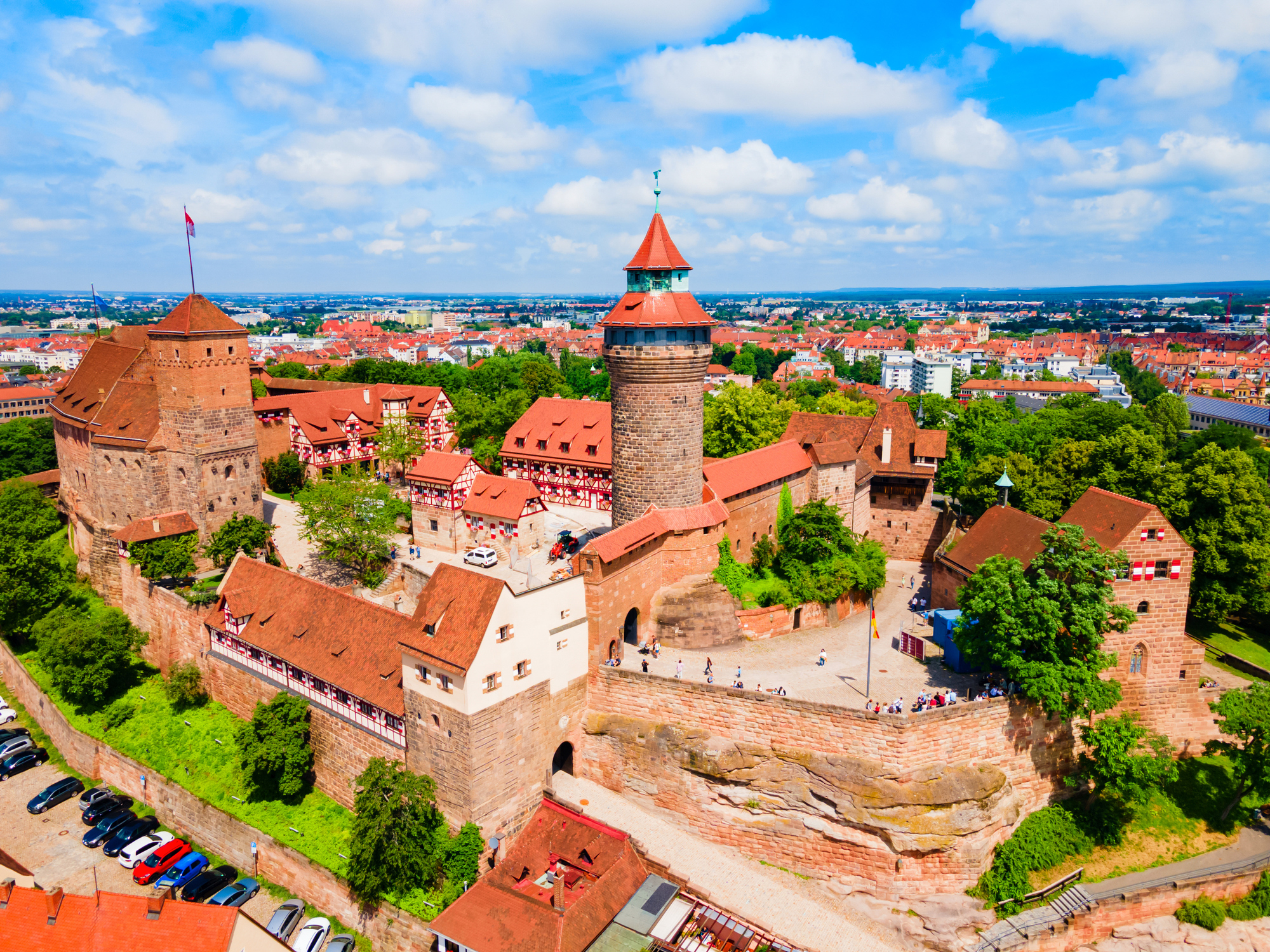
Norymberga to historyczne miasto na południu Niemiec, położone w Bawarii. Znane jest z atmosfery średniowiecza oraz jako centrum niemieckiej kultury i historii. Miasto stało się ważnym centrum handlowym i kulturalnym już w średniowieczu, a dziś jego historyczne centrum przyciąga turystów z całego świata. Jedną z głównych atrakcji jest Zamek Norymberski, który wznosi się nad miastem i oferuje zapierający dech widok na jego ulice i place. Warto również wspomnieć o słynnym rynku, na którym można kupić unikalne towary oraz spróbować tradycyjnych niemieckich dań.
Norymberga ma także istotne znaczenie w historii świata, ponieważ to właśnie tutaj po II wojnie światowej odbyły się procesy norymberskie. Dziś miasto zachowuje pamięć o tym okresie, posiadając liczne muzea i pomniki poświęcone tym wydarzeniom. Ponadto Norymberga jest ważnym centrum kulturalnym, w którym regularnie odbywają się festiwale teatralne, muzyczne i artystyczne. To miasto jest idealnym miejscem dla tych, którzy chcą cieszyć się połączeniem starożytnej historii, współczesnej kultury i unikalnej atmosfery Bawarii.
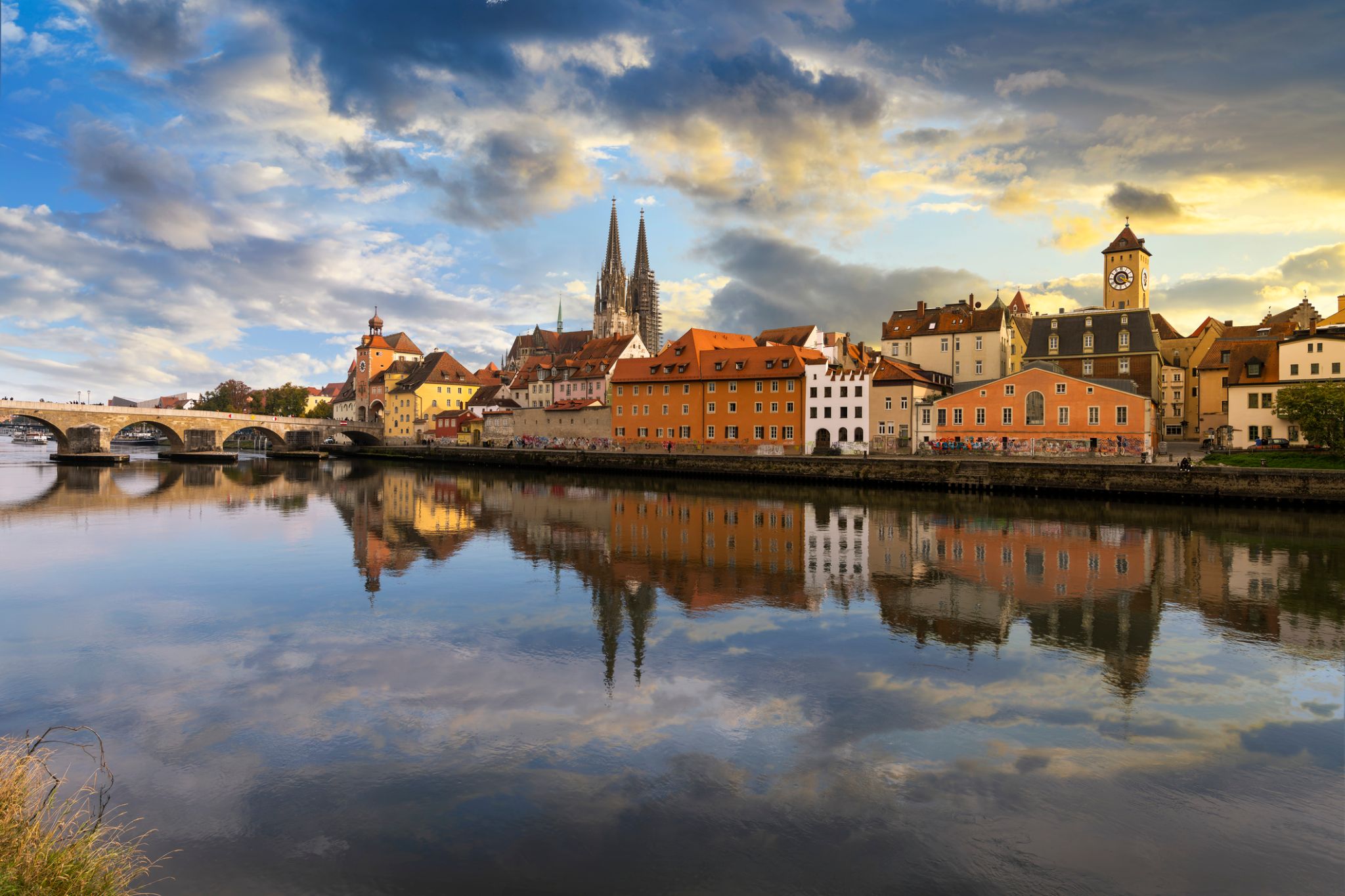
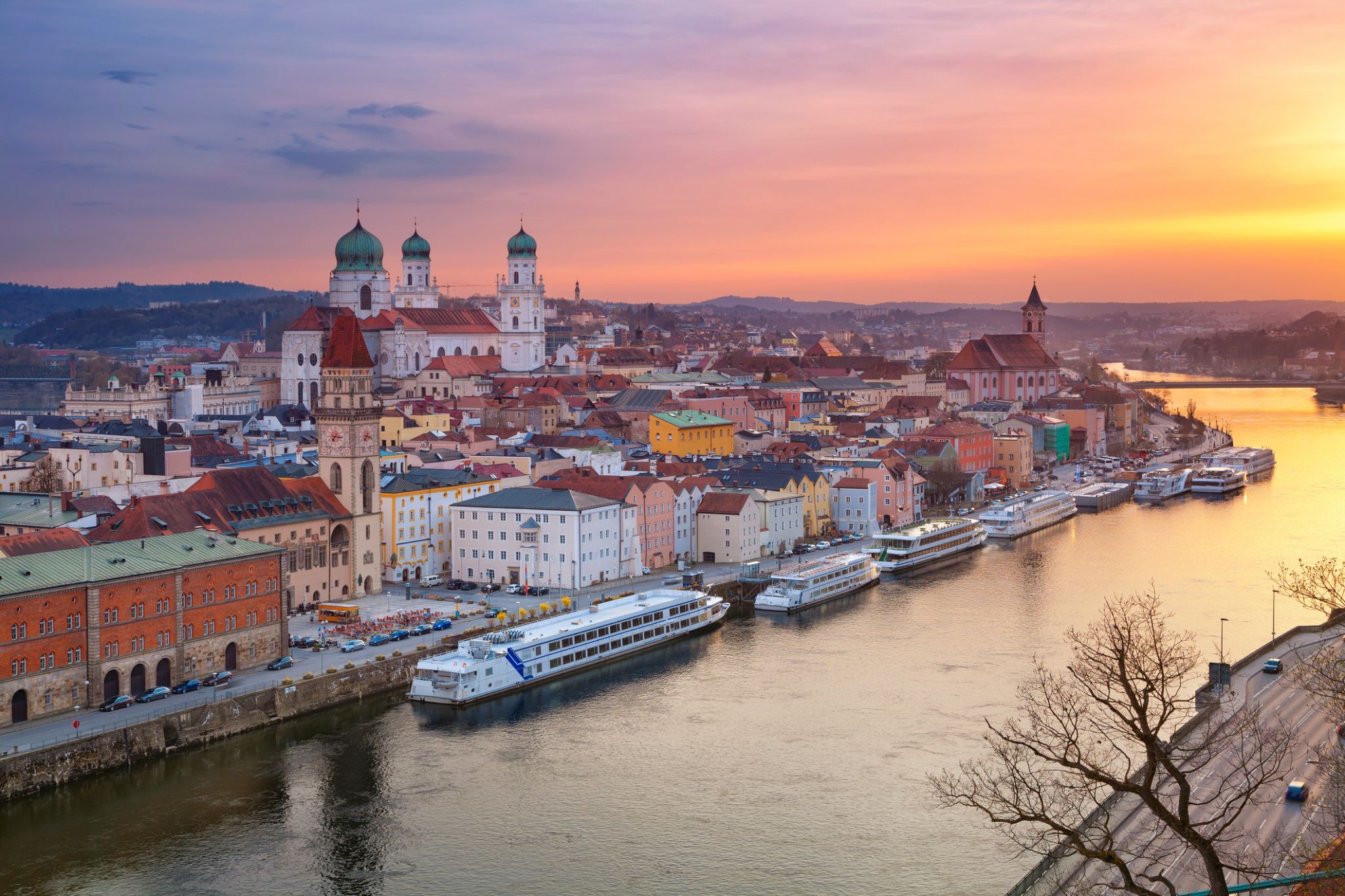

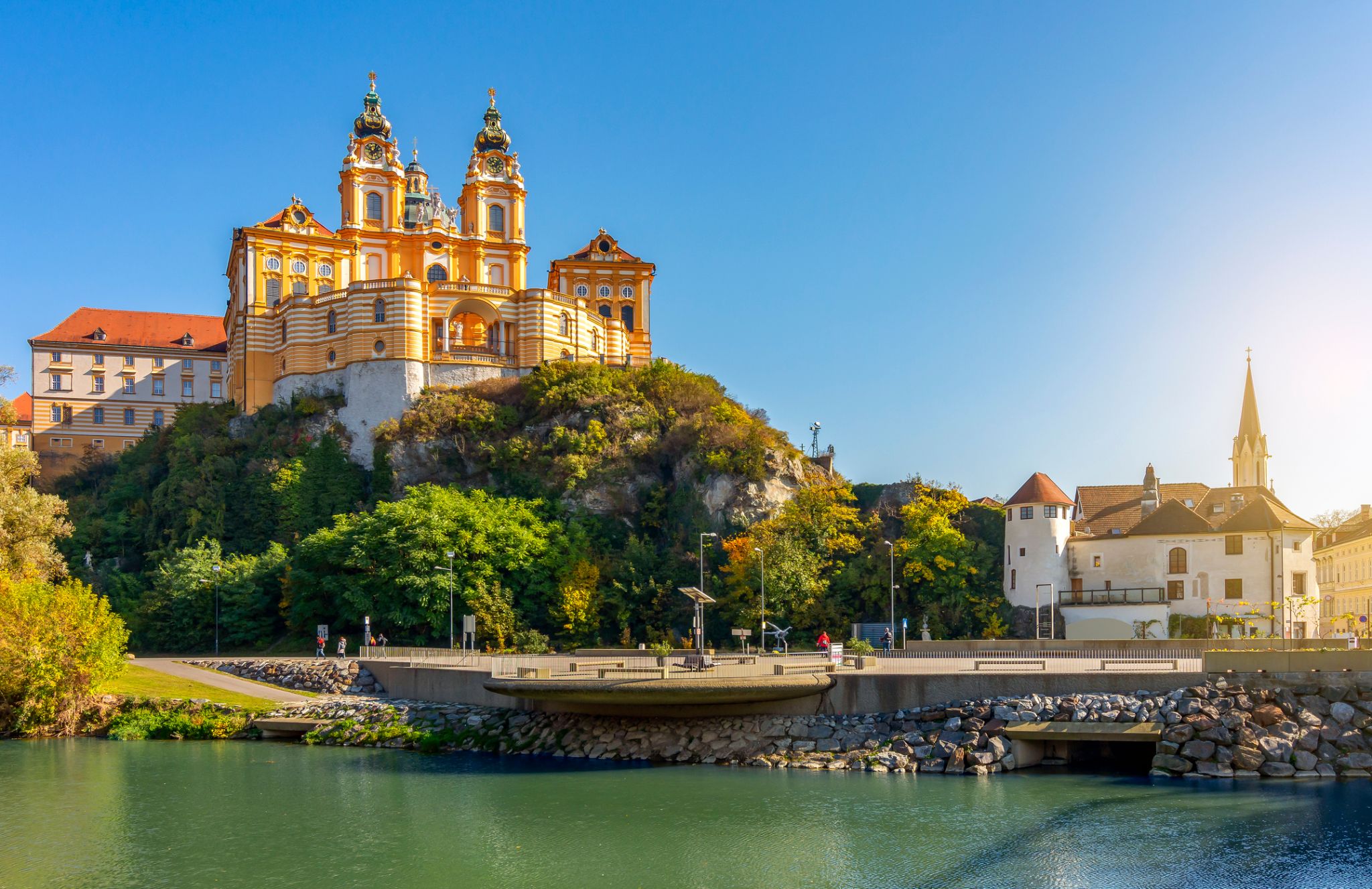
Melk is a city of Austria, in the federal state of Lower Austria, next to the Wachau valley along the Danube. Melk has a population of 5,257 (as of 2012). It is best known as the site of a massive baroque Benedictine monastery named Melk Abbey.
The town is first mentioned as Medilica in 831 in a donation of Louis the German; the name is from a Slavic word for 'border.' The area around Melk was given to Leopold I, Margrave of Austria, in the year 976 to serve as a buffer between the Magyars to east and Bavaria to the west. In 996 mention was first made of an area known as Ostarrîchi, which is the origin of the word Österreich (German for Austria). The bluff which holds the current monastery held a Babenberger castle until the site was given to Benedictine monks from nearby Lambach by Leopold II, in 1089. Melk received market rights in 1227 and became a municipality in 1898. In a very small area, Melk presents a great deal of architectural variety from many centuries.
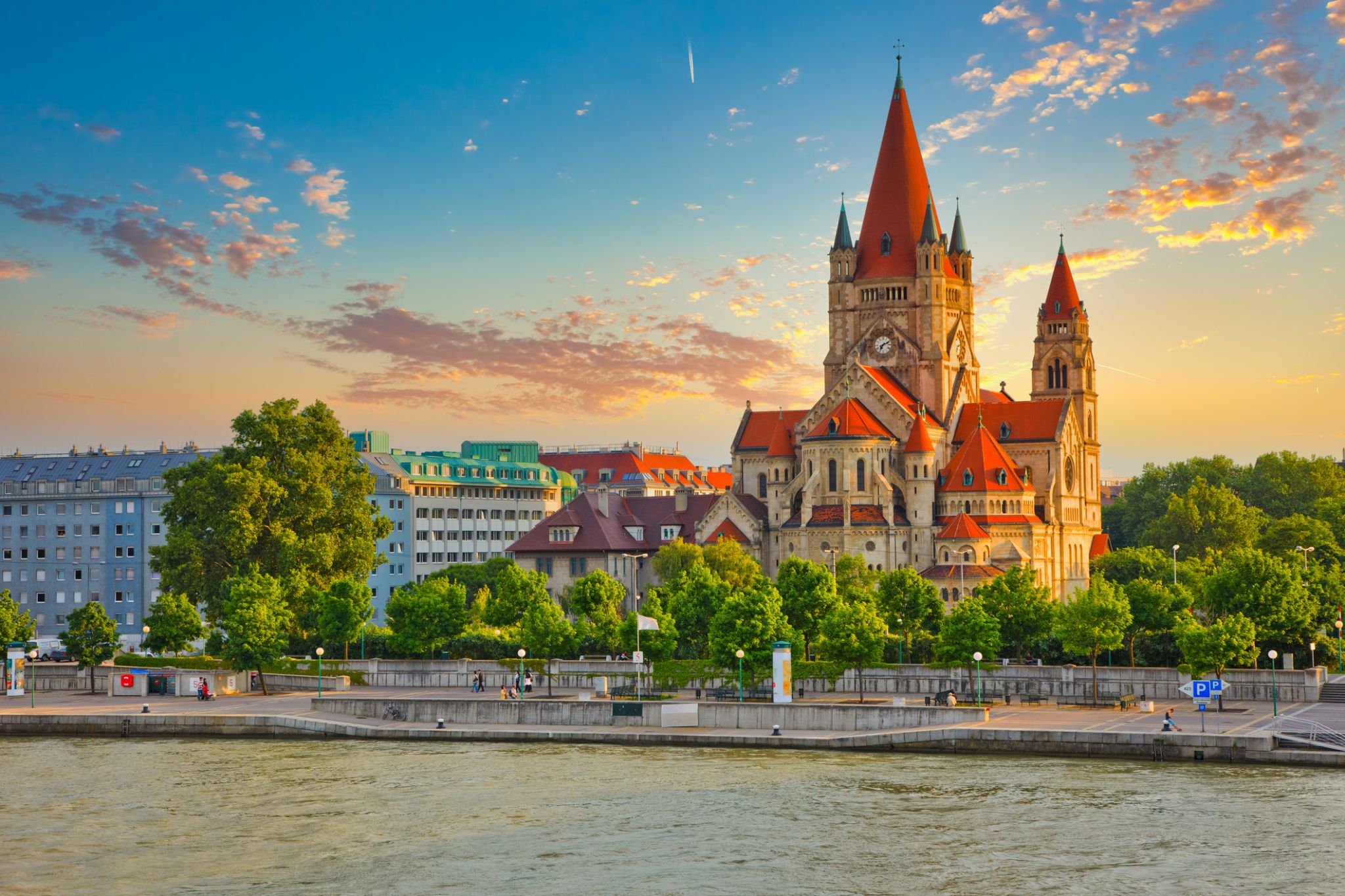
Vienna is the federal capital and largest city of Austria, and one of the nine states of Austria. Vienna is Austria's primate city, with a population of about 1.9 million (2.6 million within the metropolitan area, nearly one third of Austria's population), and its cultural, economic, and political centre. It is the 7th-largest city by population within city limits in the European Union. Until the beginning of the 20th century, it was the largest German-speaking city in the world, and before the splitting of the Austro-Hungarian Empire in World War I, the city had 2 million inhabitants. Today, it has the second largest number of German speakers after Berlin.Vienna is host to many major international organizations, including the United Nations and OPEC. The city is located in the eastern part of Austria and is close to the borders of the Czech Republic, Slovakia, and Hungary. These regions work together in a European Centrope border region. Along with nearby Bratislava, Vienna forms a metropolitan region with 3 million inhabitants. In 2001, the city centre was designated a UNESCO World Heritage Site. In July 2017 it was moved to the list of World Heritage in Danger.
Apart from being regarded as the City of Music[ because of its musical legacy, Vienna is also said to be "The City of Dreams" because it was home to the world's first psychoanalyst – Sigmund Freud. The city's roots lie in early Celticand Roman settlements that transformed into a Medieval and Baroque city, and then the capital of the Austro-Hungarian Empire. It is well known for having played an essential role as a leading European music centre, from the great age of Viennese Classicism through the early part of the 20th century. The historic centre of Vienna is rich in architectural ensembles, including Baroque castles and gardens, and the late-19th-century Ringstraße lined with grand buildings, monuments and parks.
Vienna is known for its high quality of life. In a 2005 study of 127 world cities, the Economist Intelligence Unit ranked the city first (in a tie with Vancouver and San Francisco) for the world's most liveable cities. Between 2011 and 2015, Vienna was ranked second, behind Melbourne. In 2018, it replaced Melbourne as the number one spot. For eight consecutive years (2009–2016), the human-resource-consulting firm Mercer ranked Vienna first in its annual "Quality of Living" survey of hundreds of cities around the world, a title the city still held in 2016. Monocle's 2015 "Quality of Life Survey" ranked Vienna second on a list of the top 25 cities in the world "to make a base within."
The UN-Habitat classified Vienna as the most prosperous city in the world in 2012/2013. The city was ranked 1st globally for its culture of innovation in 2007 and 2008, and sixth globally (out of 256 cities) in the 2014 Innovation Cities Index, which analyzed 162 indicators in covering three areas: culture, infrastructure, and markets. Vienna regularly hosts urban planning conferences and is often used as a case study by urban planners.
Between 2005 and 2010, Vienna was the world's number-one destination for international congresses and conventions. It attracts over 6.8 million tourists a year.

Vienna is the federal capital and largest city of Austria, and one of the nine states of Austria. Vienna is Austria's primate city, with a population of about 1.9 million (2.6 million within the metropolitan area, nearly one third of Austria's population), and its cultural, economic, and political centre. It is the 7th-largest city by population within city limits in the European Union. Until the beginning of the 20th century, it was the largest German-speaking city in the world, and before the splitting of the Austro-Hungarian Empire in World War I, the city had 2 million inhabitants. Today, it has the second largest number of German speakers after Berlin.Vienna is host to many major international organizations, including the United Nations and OPEC. The city is located in the eastern part of Austria and is close to the borders of the Czech Republic, Slovakia, and Hungary. These regions work together in a European Centrope border region. Along with nearby Bratislava, Vienna forms a metropolitan region with 3 million inhabitants. In 2001, the city centre was designated a UNESCO World Heritage Site. In July 2017 it was moved to the list of World Heritage in Danger.
Apart from being regarded as the City of Music[ because of its musical legacy, Vienna is also said to be "The City of Dreams" because it was home to the world's first psychoanalyst – Sigmund Freud. The city's roots lie in early Celticand Roman settlements that transformed into a Medieval and Baroque city, and then the capital of the Austro-Hungarian Empire. It is well known for having played an essential role as a leading European music centre, from the great age of Viennese Classicism through the early part of the 20th century. The historic centre of Vienna is rich in architectural ensembles, including Baroque castles and gardens, and the late-19th-century Ringstraße lined with grand buildings, monuments and parks.
Vienna is known for its high quality of life. In a 2005 study of 127 world cities, the Economist Intelligence Unit ranked the city first (in a tie with Vancouver and San Francisco) for the world's most liveable cities. Between 2011 and 2015, Vienna was ranked second, behind Melbourne. In 2018, it replaced Melbourne as the number one spot. For eight consecutive years (2009–2016), the human-resource-consulting firm Mercer ranked Vienna first in its annual "Quality of Living" survey of hundreds of cities around the world, a title the city still held in 2016. Monocle's 2015 "Quality of Life Survey" ranked Vienna second on a list of the top 25 cities in the world "to make a base within."
The UN-Habitat classified Vienna as the most prosperous city in the world in 2012/2013. The city was ranked 1st globally for its culture of innovation in 2007 and 2008, and sixth globally (out of 256 cities) in the 2014 Innovation Cities Index, which analyzed 162 indicators in covering three areas: culture, infrastructure, and markets. Vienna regularly hosts urban planning conferences and is often used as a case study by urban planners.
Between 2005 and 2010, Vienna was the world's number-one destination for international congresses and conventions. It attracts over 6.8 million tourists a year.